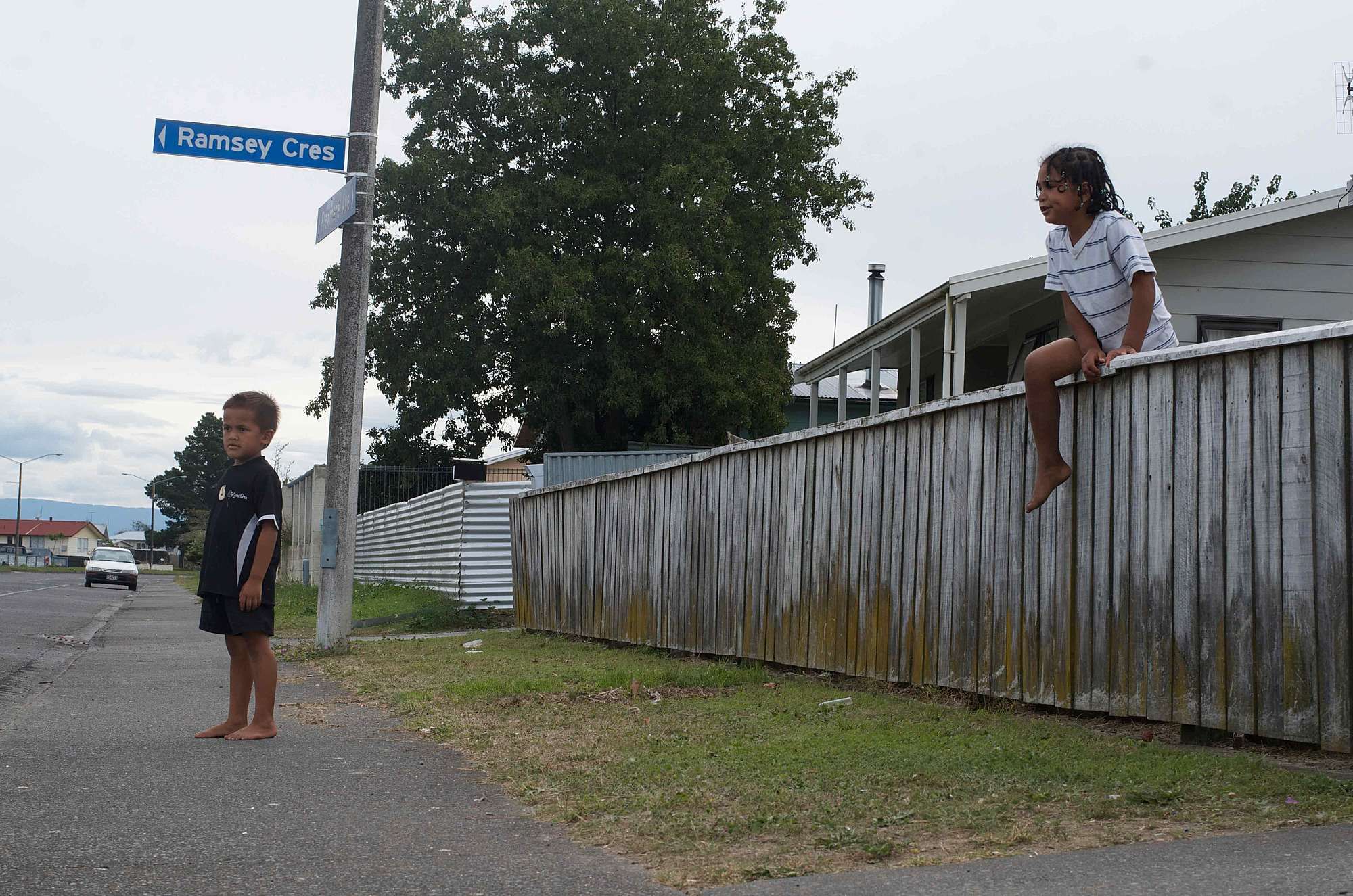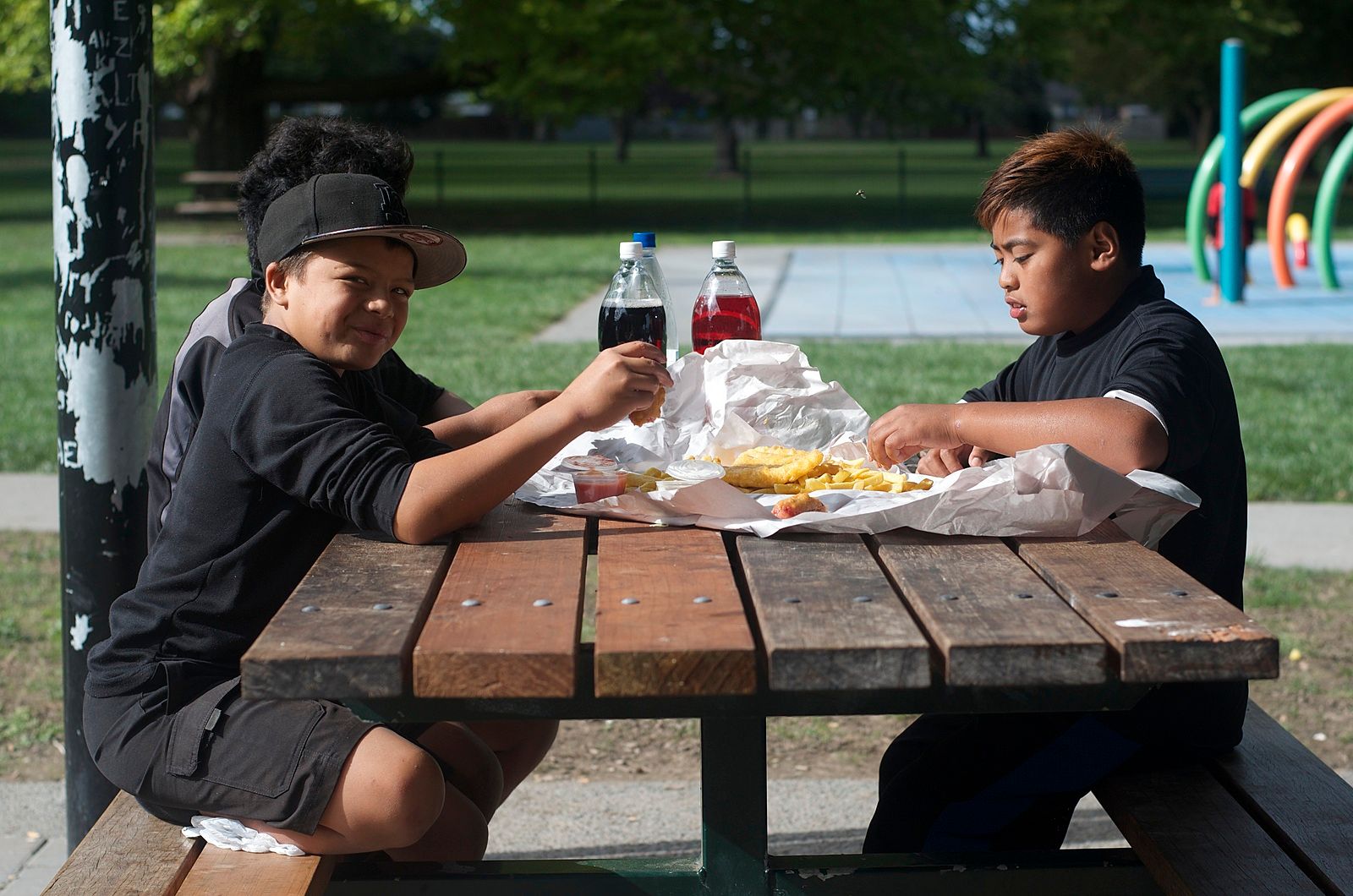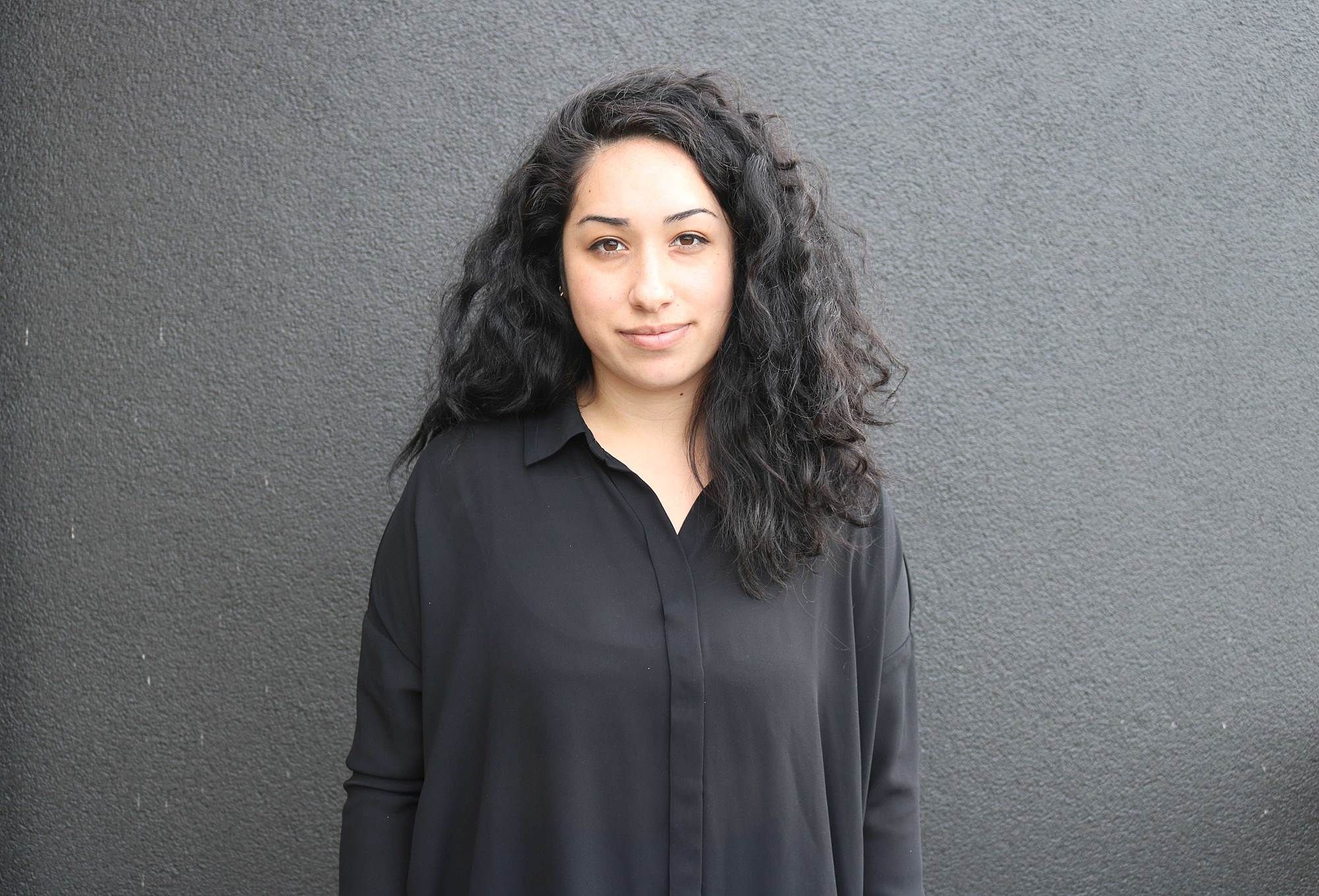Empowering Bright-eyes: A Review of #keeponkimiora
What happens when you give the community a camera?
What happens when you give the community a camera?
There’s always a sense of unease when someone presents photographs of children as art. Questions swirl around ethics, consultation and agency. At times, it’s difficult for an audience to understand what the relationship has been between artist and children – a question that’s quickly resolved in #keeponkimiora.
For five weeks over March and April, Ranui-based photographer Edith Amituanai spent time in Flaxmere with students from Kimi Ora Community School; together they produced #keeponkimiora, on now at Hastings Art Gallery. The invitation to initiate a project that engaged with local communities came from the gallery; early in conversations, Amituanai specified needing to work with a school for at least a month – and so she did.
Amituanai worked closely with one class at Kimi Ora Community School, immersing herself into their world. She hung out with them at the park and on one occasion treated them to a feed of fish and chips. We learn about the intentions behind the project as “creating good photos together” in a series of videos that were uploaded weekly during her time in the area. Four of these are available now to watch here, and one is still to come. The videos accumulate a variety of viewpoints, from Edith herself, the kids and the gallery. It’s revealed that the students weren’t mere pawns in the art, but were equal collaborators, exhibiting artists and curators. One student commented “I get proud of myself when people see my photos and it’s nice,” while another said “…when they leave the gallery we want them to be happy and leave with excitement.”
Creating good photos together.
Kimi Ora Community School is in Flaxmere, Hawke’s Bay, and supports around 100 pupils between Years 1–8, with a 65% Pacific and 32% Māori demographic. The school shares community gardens with Te Aranga Marae; being on the same grounds, they have a strong association, and similar connections are being forged with local Pacific communities as well. Te Reo and tikanga Māori are embedded within school values, with all Māori students between Years 3–6 taking a specialist Te Reo class on Friday mornings with a focus on language, kapa haka, waiata and tikanga. On top of this the school offers free breakfasts, $1 lunches and even has a container of bikes and helmets for the students to use, encouraging healthy eating and exercise during break times.
Amituanai is known for working with young people and within communities, notably her own in Ranui and West Auckland, but also Pacific communities across the globe. In 2007, she was the inaugural recipient of the Marti Friedlander Photographic Award. In recognition of the award, Friedlander commented, "I have chosen Edith as the inaugural recipient of the award as I believe she has an exceptional talent. I particularly like the way her photographic essays portray people and places that reveal New Zealanders and all their diversity. She is a most worthy recipient of an Award that will support the development of the medium of photography.” The following year she was nominated for the 2008 Walters Prize for her work Déjeuner, which involved photographing Pacific rugby players across Europe, most of whom were family and friends.
The students were encouraged to use the way that they learn at school as the exhibition model, and so the first thing we’re greeted with as we walk into the gallery space is a fort-like sculpture – actually, who am I kidding, it’s a fort. After a storm, many of the tree branches at Kimi Ora Community School fell and the decision was made to leave them as they were for the kids to build things, in addition to the bread crates and other building objects they already had. It’s a type of hands-on learning that I can’t quite comprehend having schooled in Auckland – imagine the health and safety regulations. The children recreated this type of structure in the space, which you’re allowed to enter and use as a fort, using a bunch of materials including cardboard tubes and bread crates yoked together with cable ties.
The adjoining room has been made into a photo booth, not a new trait of Amituanai’s work, seen before in the project Ranui 135. The first thing you reach in the booth is a friendship book. This nostalgic object was a key feature of my own childhood, where I would Duraseal a 2B8 (the red, hard-cover exercise books), with pictures of my favourite celebrities at the time, and armed with a good set of gel pens and highlighters write out all the pages with a list of categories such as your school, favourite food, and (most contentiously) your best friend. School friends would take the book home and rival to create the best pages possible. Sometimes the book would even disappear and you would end up with entries from friends of friends. The #keeponkimiora book includes entries by the children from Kimi Ora Community School, as well as gallery visitors who couldn’t resist filling it out themselves.
Moving into the exhibition proper, we have over 50 photographs. Amituanai did something that many photographers would cringe at the thought of: give the kids her camera. They took photos around school, around home, of their friends and families, of their interior lives. Amituanai had conversations with the students about audiences, inviting them to think and question what it means to take photos for people from the community you don’t know; what do you want to give to them, and what you want to keep private? And so the exhibition truly is a collaborative effort, with all the high-quality photographs either attributed to Amituanai, the students or a teacher aid from Kimi Ora Community School.
It’s not a complicated concept. Give the camera to the community so they can literally make art themselves, through their own lens, choosing what makes it onto the walls. Yet the results are profound, especially for the community of Flaxmere. The opening of #keeponkimiora was one the best attended that Hasting Art Gallery had ever had – a bus was even put on by the school to bring parents and children to see the exhibition.
The need for our children to see themselves as important and valuable cannot be underestimated.
My three-year-old daughter – despite being in a Samoan home and school environment – is already socialised to see herself as ‘other’. She tells me that her blonde Barbies are beautiful and the rest are ugly, she tells me that her black hair is ugly too. It’s heartbreaking. The need for our children to see themselves as important and valuable cannot be underestimated. And seeing yourself in someone hanging on a gallery wall is one way of doing that. Art galleries are spaces that present great barriers – barriers to entry and barriers to engagement – and a big part of thinking that there’s nothing for you inside, when really a public art gallery should be a place of civic pride. Enabling these children to make the work and present their experiences as art worth a gallery space imbues the project with a legitimising agency that spreads from the work itself throughout the community that comes to bear witness.
It’s strange to a review an exhibition that isn’t made for me (an Aucklander, an art consumer), but rather for the community and actually more specifically for the students of Kimi Ora Community School. However, as someone who encourages art’s role and responsibility to empower and mobilise communities, I can’t help but be impressed.
Hastings City Art Gallery
13 June 2017 – 3 September 2017
All images courtesy of the gallery and the artists




